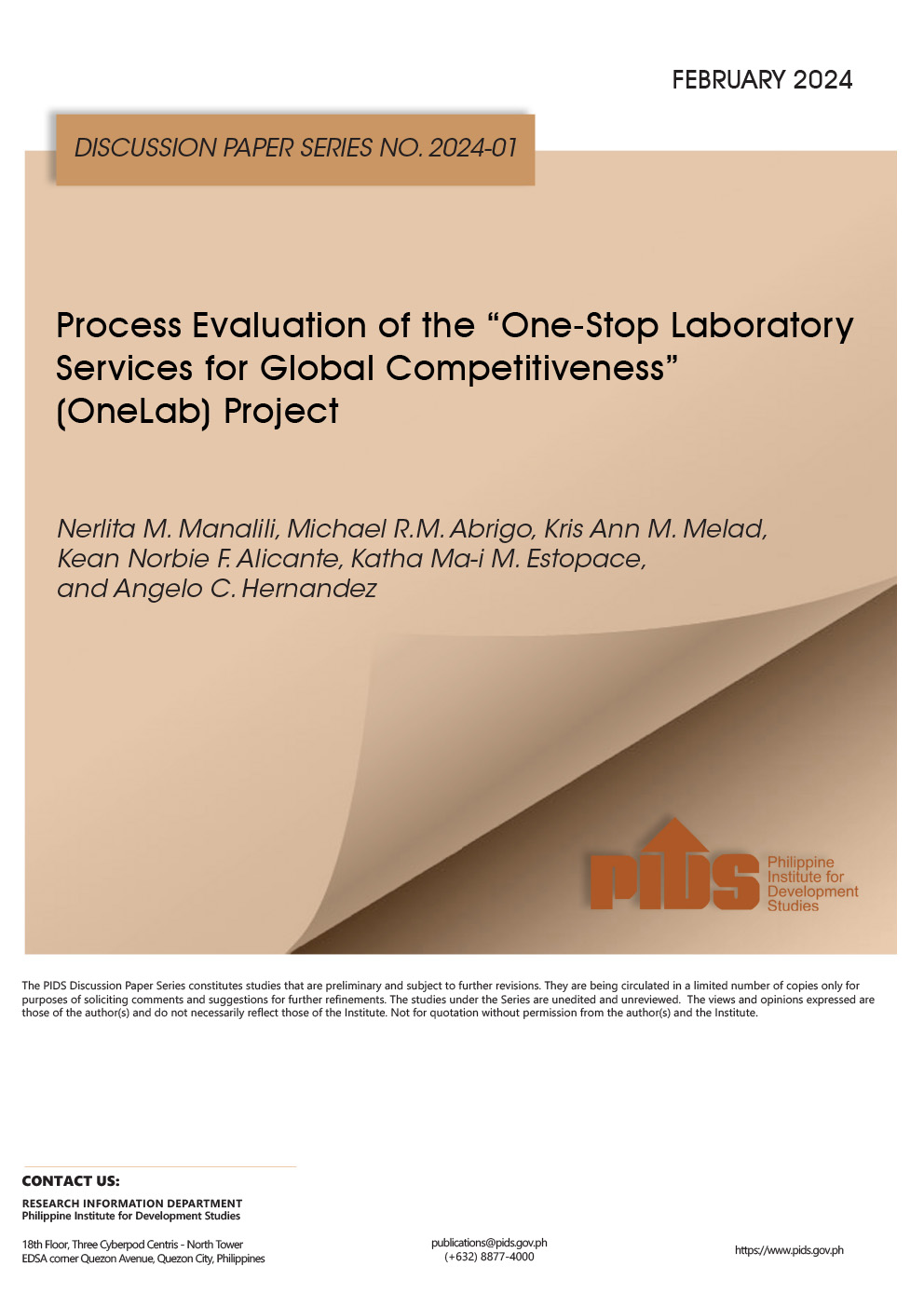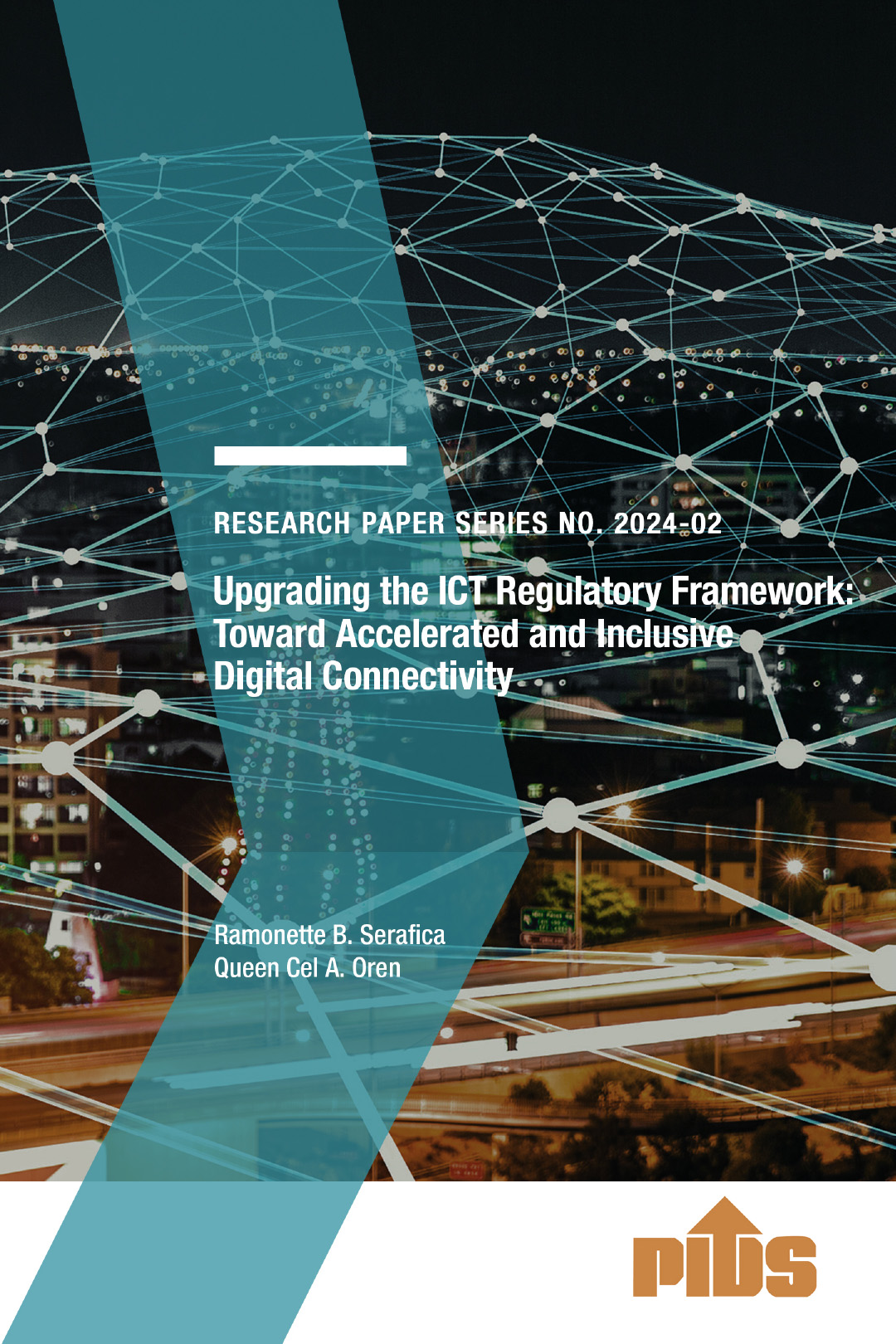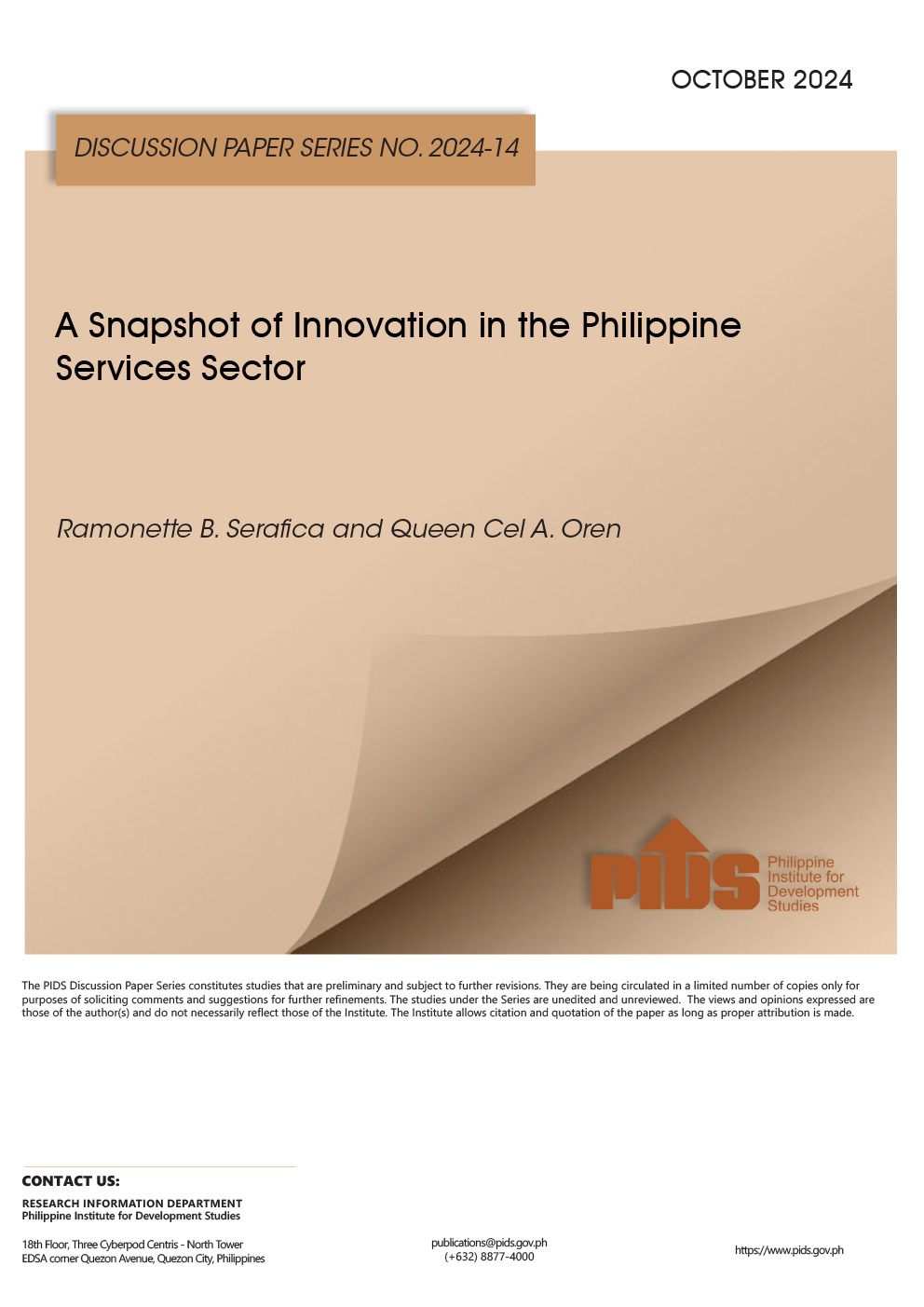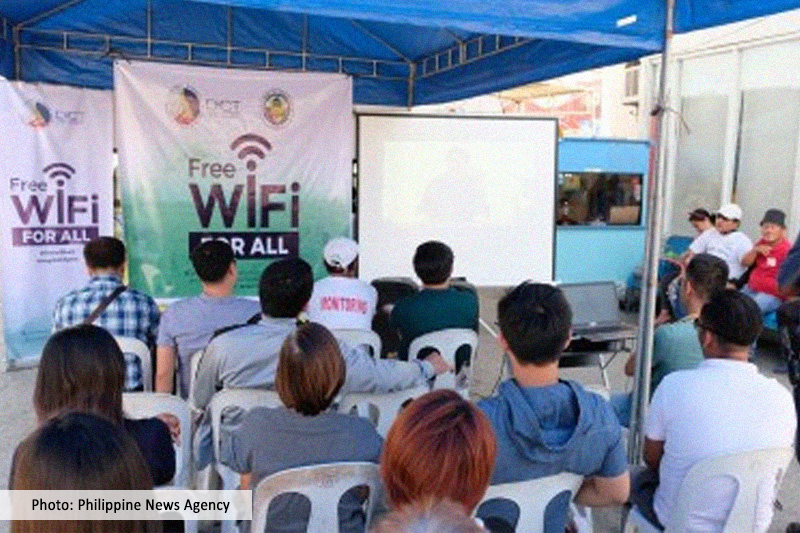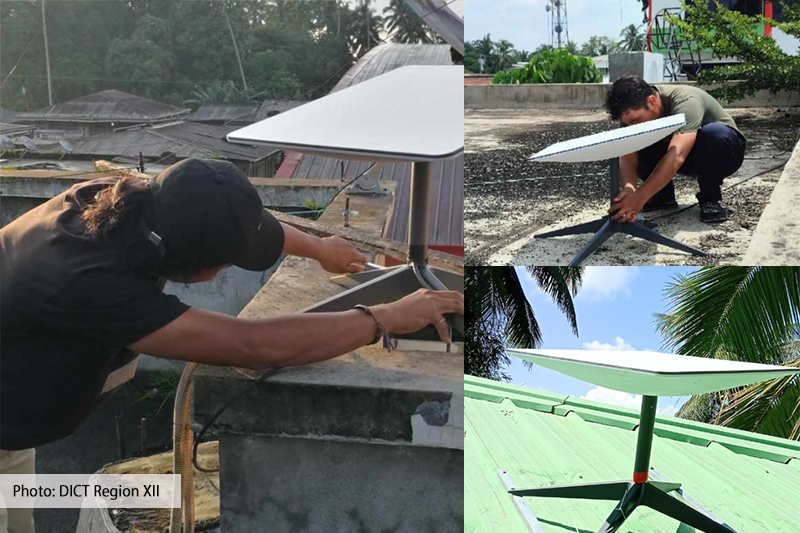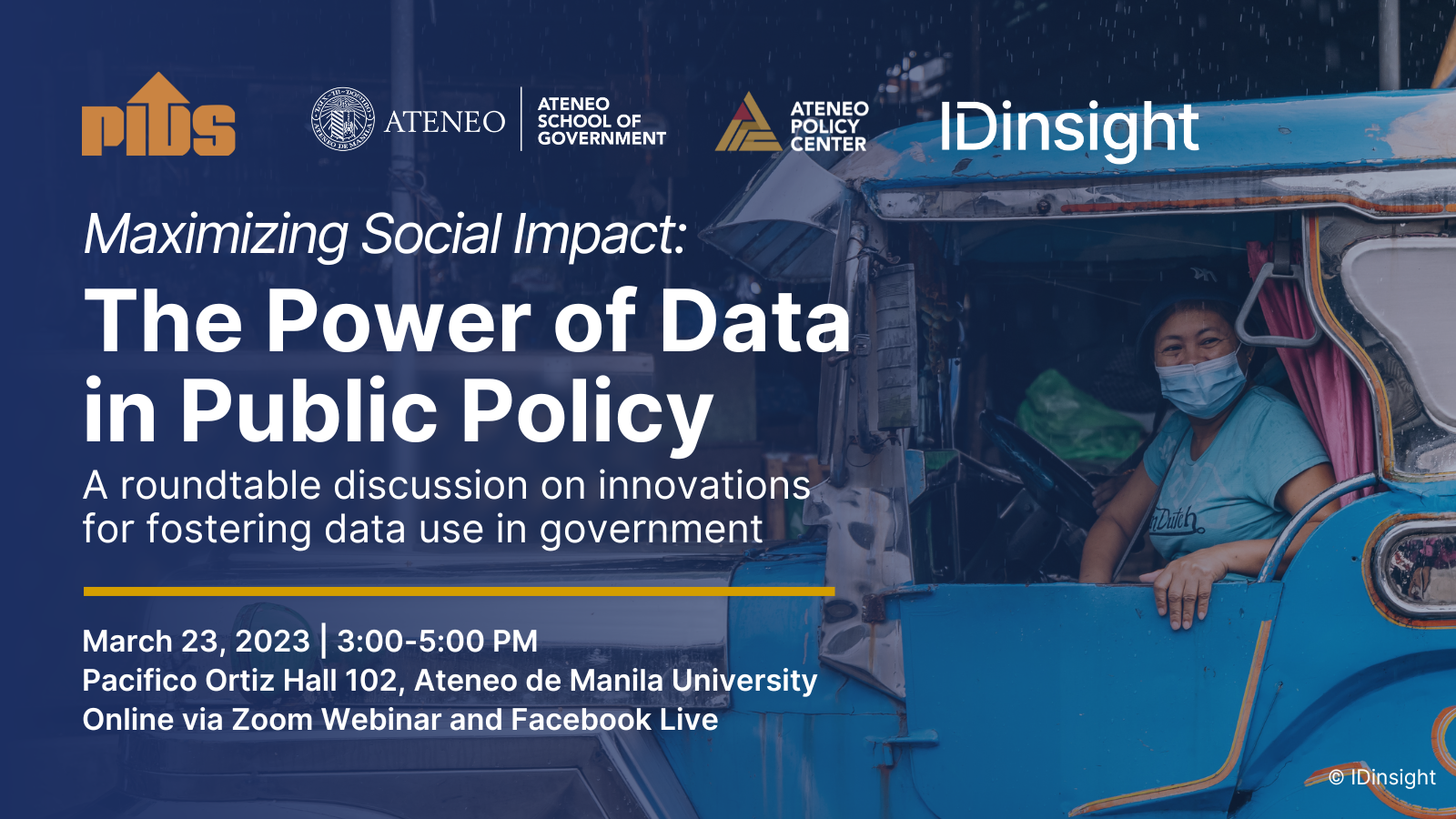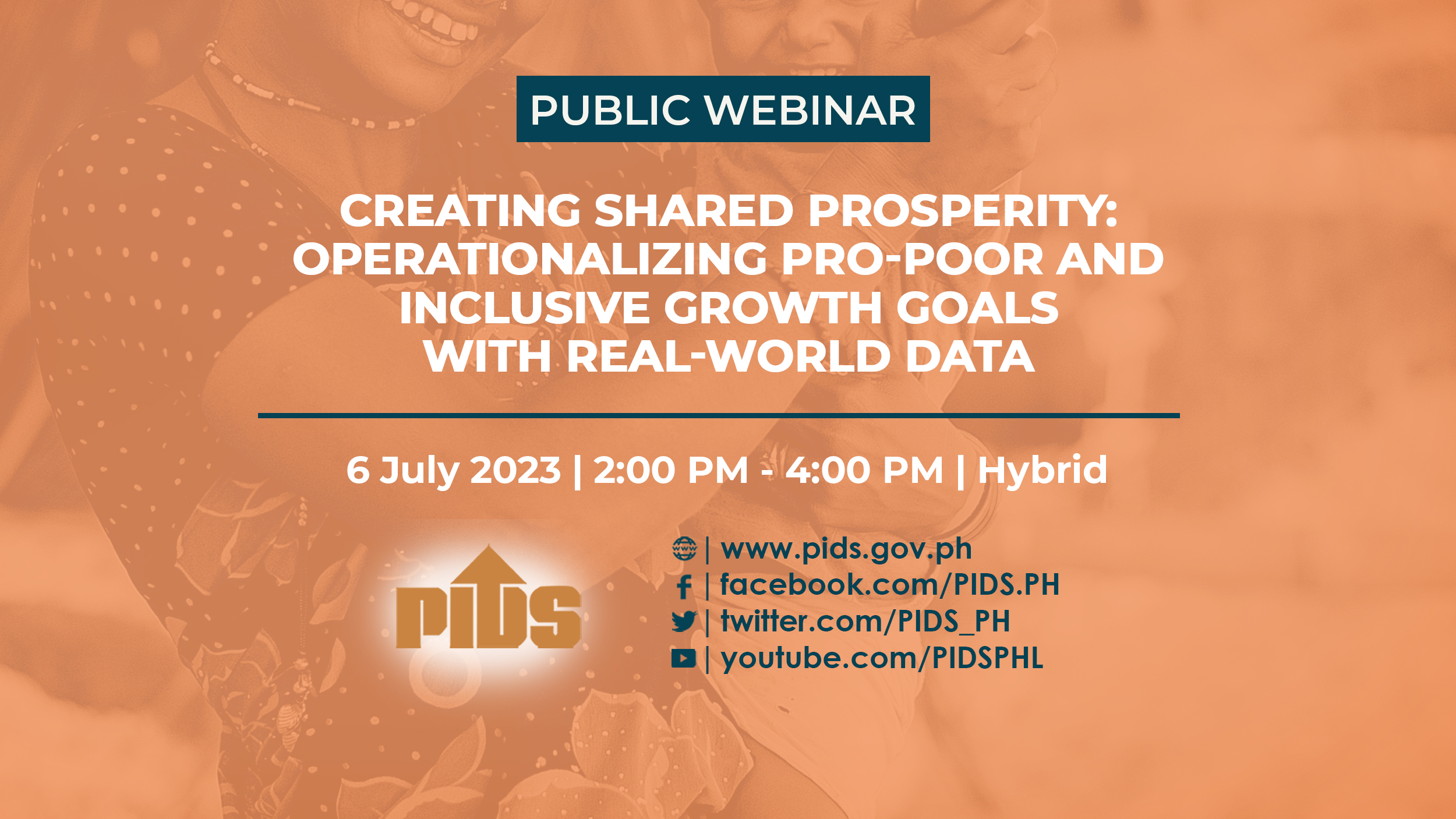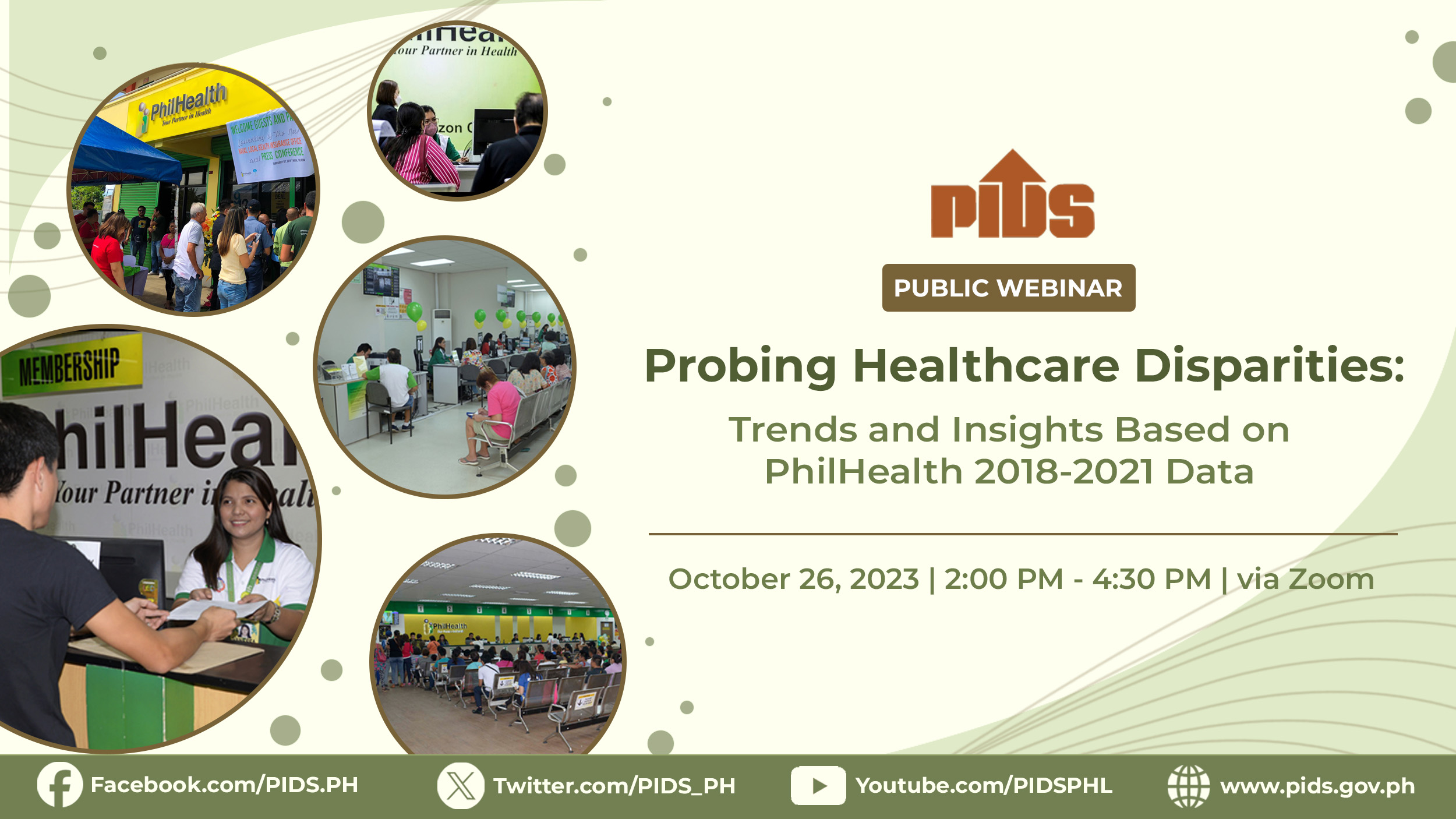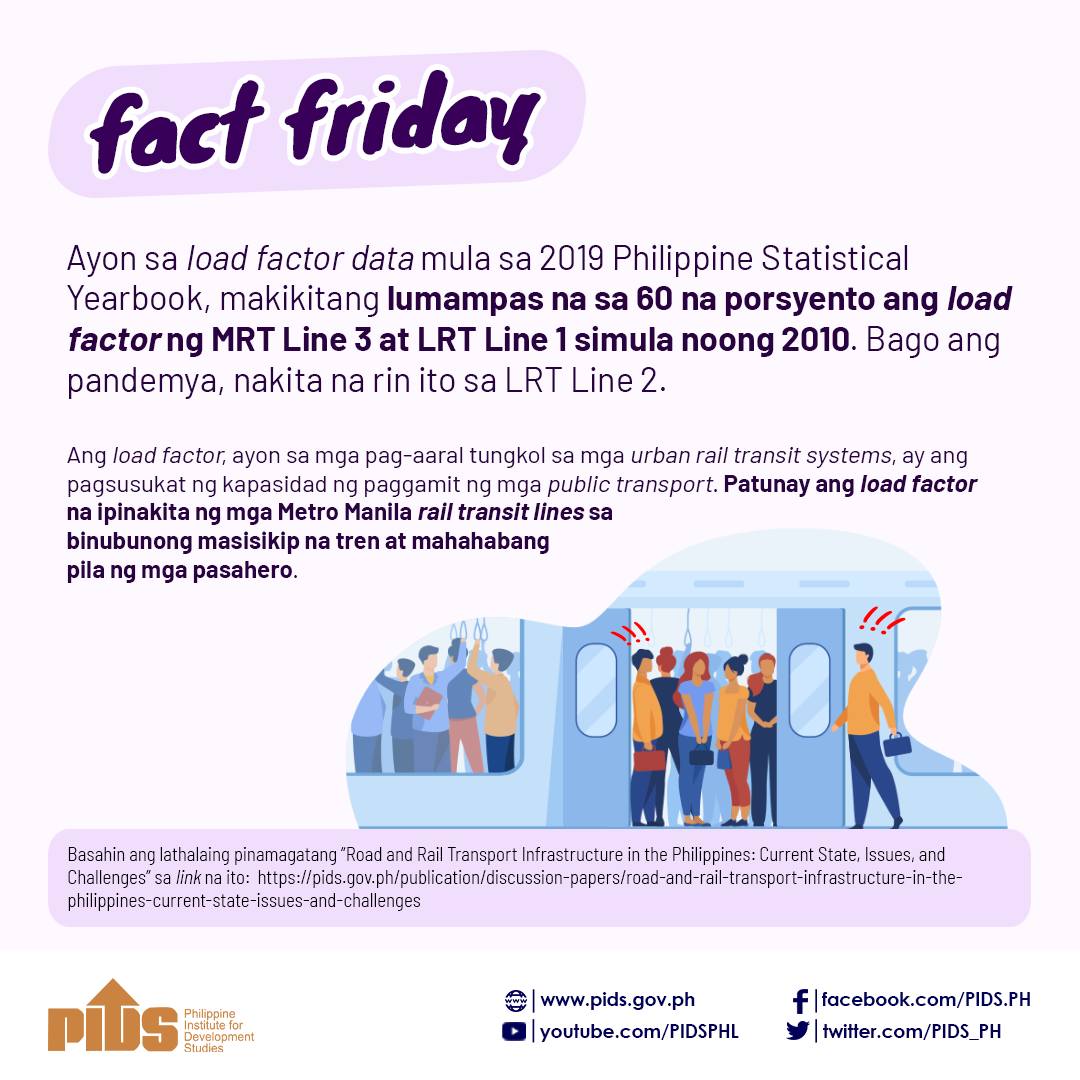THE road to Big Data is paved by analog intentions—at least for now. This could not be truer than here in the Philippines as it struggles to keep up with high-volume and high-velocity data available online. Hence, data collection in the country remains tedious: Anything within the archipelago’s borders becomes a statistic after a long process involving continuously variable physical quantity.
The Philippine Statistics Authority (PSA), the official statistics agency of the government, has been thrust to lead the journey involving this data revolution. However, it is only now that the PSA is transitioning to digital systems.
An unnamed enumerator undertakes a census of a household. The Philippines’s attempt to address data collection inefficiency is seen to impact the future of enumerators.
Nonetheless, the government’s statisticians have already shifted to digital data collection method in the conduct of major surveys, e.g. the National Demographic Household Survey (NDHS), and portions of regular surveys, e.g. the Labor Force Survey (LFS). Still, some surveys such as the Family Income and Expenditure Survey are very much conducted with pen and paper.
“One of the important discussions we’ve been having in the PSA and in the Philippine Statistical System and in the professional society of statisticians, the Philippine Statistical Association Inc., is innovations and the need for us to be more efficient, both cost-efficient and energy-efficient, human resource efficient, we need to go digital,” National Statistician Lisa Grace Bersales said during the data dissemination forum of the NDHS results.
“I would like to [emphasize] the importance of quality of data, not just of timely release. And we believe that the use of modern technology will also help us achieve such.”
This digital journey currently relies on two legs and true grit, thanks to people called enumerators, or persons employed in taking a census of the population.
Road works
TWO enumerators battled the effects of a shifting weather one Tuesday morning.
The ground was damp and slippery that Tuesday morning. A full night of rain can still do that even to a highly urbanized city like Quezon City.
Beside Agham Road is a shanty town where informal settlers live in makeshift homes and walk on dirt road that easily become muddy once the rainy season sets in.
Despite the obstacles that lay before them, the two enumerators—Alona and Geraldine—pushed on. It was the “lesser evil” given that their first option was to wade through murky and potentially lethal flood waters.
Field work is only for the brave, Alona, who has been an enumerator of the PSA for nearly a decade now, said in Tagalog.
Apart from the elements, there are also dogs and other household pets who may be friendly and domesticated to families but bare fangs to strangers like enumerators.
Geraldine also has more than 10 years of experience in collecting data for the government. She has heard countless stories about dogs attacking enumerators before experiencing it firsthand: A dog came out of an open gate and bit her leg.
She was rushed to Jose Reyes Medical Center to get anti-rabies shots and pay for it using her own money. This was the protocol of the PSA since enumerators only get reimbursed for their medical needs in the field.
Going upscale
WHILE four-legged creatures pose dangers to enumerators in poverty-laden areas, feral two-legged beings bark at enumerators pounding the streets of upscale and exclusive villages.
Geraldine and Alona have had the misfortune of being shouted at and driven away from residential premises just like stray cats and dogs.
Geraldine said even if they explain carefully that answering surveys from the government are part of a Filipino’s civic duty, they still get turned away by respondents. Some would slam the door on their faces and tell them to ask other people instead.
Geraldine said she got cursed by an owner of a town house.
“Before, these insults can really make you cry but as time goes by, you get used to it,” Geraldine said in Tagalog. “You become thick-skinned.”
Raquel Ronario, a trainer from PSA Region 4, said the challenges do not stop there. Explaining the surveys to respondents is sometimes, in itself, a challenge. PSA Region 4A Regional Director Charito C. Armonia said it is common for respondents to ask for something in return for answering surveys. This isn’t practiced by the PSA.
‘Oplan Tokhang’
ANOTHER important challenge is convincing respondents that the enumerators do not mean any harm, according to Armonia.
Alona and Geraldine, the two enumerators, said they sometimes struggle to convince respondents that they are not “spies” connected with Oplan Tokhang, the police anti-illegal drug operation. This is especially the case when they conduct surveys in shantytowns where there have been anti-criminal activities.
Ronario also said enumerators still need to find out direct from manufacturers how much certain products are worth. These are crucial in coming up with accurate data for the Family Income and Expenditure Survey (FIES).
During the conduct of the FIES in Cavite, the BusinessMirror observed that a local manufacturer was giving away for free bottles of liquid cleaning soap to members of a local community. Based on the FIES manual, donated items such as food and nonfood goods are included and given a price.
Recipients of these products, however, don’t have an idea of its price. Ronario said this task of finding out prices will fall on the enumerator’s shoulders.
“Enumerators need to go to several stores to find out how much a product costs,” Armonia told the BusinessMirror.
Technological hurdles
AS if these challenges are not enough, enumerators now have to contend with adapting to technological advancements.
For the current round of the FIES, for example, the PSA’s enumerators were already using electronic tablets as they go to the field. These tablets are being used for geotagging purposes. The data will include either the houses or the nearest landmarks to respondent’s houses.
Easier said than done as there are thousands of informal settlers; people displaced almost regularly from one residence to another. This was the case in Cavite when enumerators attempted to tag relocation sites, where thousands of informal settler families from nearby Las Piñas and elsewhere in the National Capital Region (NCR) were being brought. Many of these places do not have nearby landmarks, much less proper roads.
“The geotagging is actually for the census of population and housing in 2020 as we planned to have this process computer-assisted,” Bersales said. “So we have to do the geotagging now so that next year, we already acquired the tablets that would contain the geotagged [data].”
With their gadgets, enumerators struggle with the absence of telecommunication signals to use the global positioning system, or GPS, feature required in geotagging.
Enumerators also need to guard against theft: tablets are considered “hot” not only because of their value but also they can be easily sold.
Job loss
THESE gadgets are also seen as a signal that the job of an enumerator may be fading as the government embarks on “high-tech” surveys to make data collection more efficient financially and statistically.
Alona and Geraldine, both housewives when they are not roaming the streets of Quezon City to conduct surveys, already received word they may not be tapped by the PSA starting next year. They are hoping, though, that for large surveys such as the Census of Population in 2020 and the next FIES, the PSA will still obtain their services.
However, Bersales said the PSA is still discussing the matter and may resolve the hiring issues before December. She said there could be a chance that enumerators could be re-hired since they are considered “statistical researchers” who are seasonal employees of the PSA and are therefore not covered by job orders.
“Our enumerators—who we refer to as statistical researchers—they’re actually experts in the collection [of data] and they are seasonal only when we do surveys. So we will still continue to hire,” Bersales said. “We may have to tap an agency that will look for them so we don’t need to draft contracts for each one. These are discussions that we will finalize before the year ends because we have an upcoming national planning workshop [where this would be discussed].”
Climate change
THE climate of changes sweeping the PSA and other statistics offices worldwide is being managed gradually in the country. Other enumerators elsewhere are struggling to keep abreast with the times by receiving additional training in processing data, which is already proving to be a challenge to applicants.
This is one of the adjustments the PSA has done to improve data collection. Having the enumerators themselves encode the responses they elicited from respondents, Ronario said, reduces mistakes and ensures that responses are not misinterpreted.
Investing in human capital is one of the most important measures that statistical systems are implementing to adapt to the changing times. Philippine Institute for Development Studies (PIDS) Senior Research Fellow Jose Ramon G. Albert told the BusinessMirror this is an important aspect, especially in the “wake of VUCA—volatility, uncertainty, complexity and ambiguity” when it comes to data.
Along with this, Albert said efforts to address the infrastructure of data systems means investing in data solutions such as upgrading to remote sensing data that is now being used for Maize production.
He added that work is already undergoing at the Asian Development Bank (ADB), the PSA and the National Statistics Office of Thailand to use nighttime luminosity data to improve accuracy of poverty statistics.
Illumination process
ADB Economic Research and Regional Cooperation Department Statistician Arturo Martinez earlier explained that nighttime lights from satellite images are now being used as proxy measures for official statistics.
He said the assumption is that social and economic activities at night require lights and these can correlate with socioeconomic indicators, as well as economic development.
In the Philippines, the ongoing study found that the nighttime lights across the archipelago have expanded between 2000 and 2013, which is consistent with economic growth in the country during the period.
Based on data from the National Economic and Development Authority (Neda), the average growth between 2000 and 2009 was at 4.5 percent, while growth between 2010 to 2015 averaged higher at 6.2 percent.
Martinez said there was also a correlation between certain socioeconomic indicators and the average luminosity in illuminated areas, particularly at the regional and provincial levels. He added that nighttime lights can be used to determine the number of households in a locale in the absence of a proper census.
“NSOs should start to harness technology to improve the timeliness of statistics, especially in the wake of VUCA,” Albert said. “They should examine whether they are future-ready just like society itself in the wake of emerging technologies and take steps in improving their architecture and infrastructure, their institutions, and the skill sets of their staff.”
The push to adapt to Big Data and the changes in technology is not something that is optional for countries like the Philippines. These are already in the “here and now.” Countries failing to adapt to the changes would fail to take advantage of what technology can offer.
The Philippines’s journey on the road to full management of Big Data could take a thousand steps but it remains within statistical probability.

